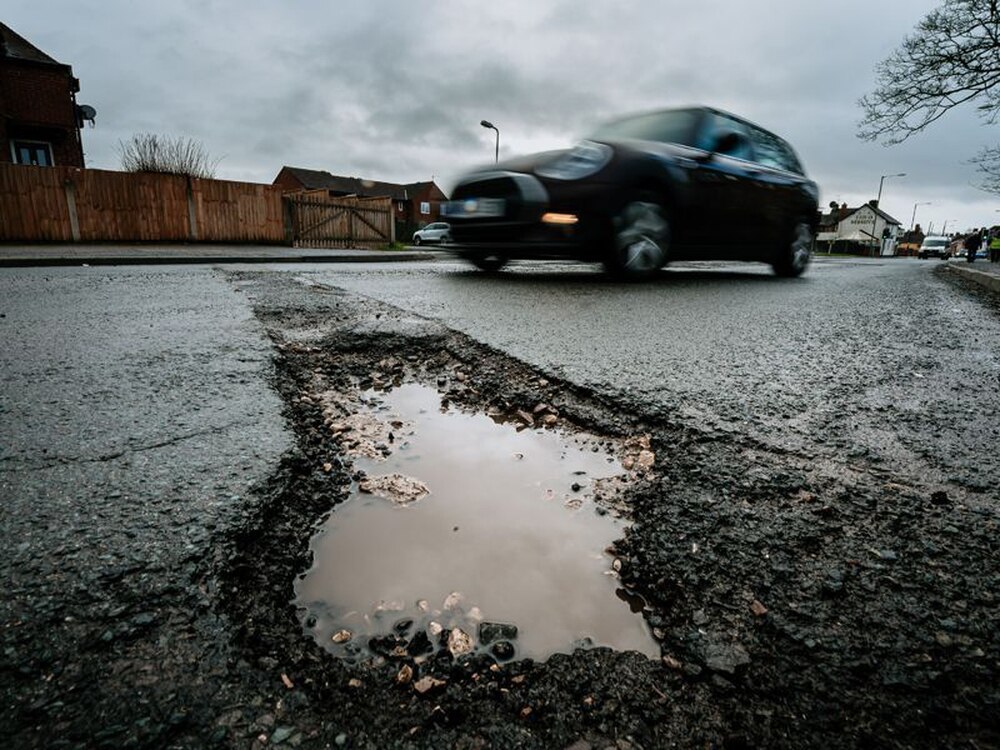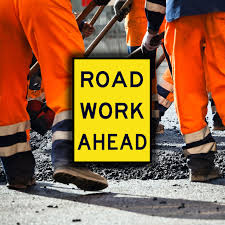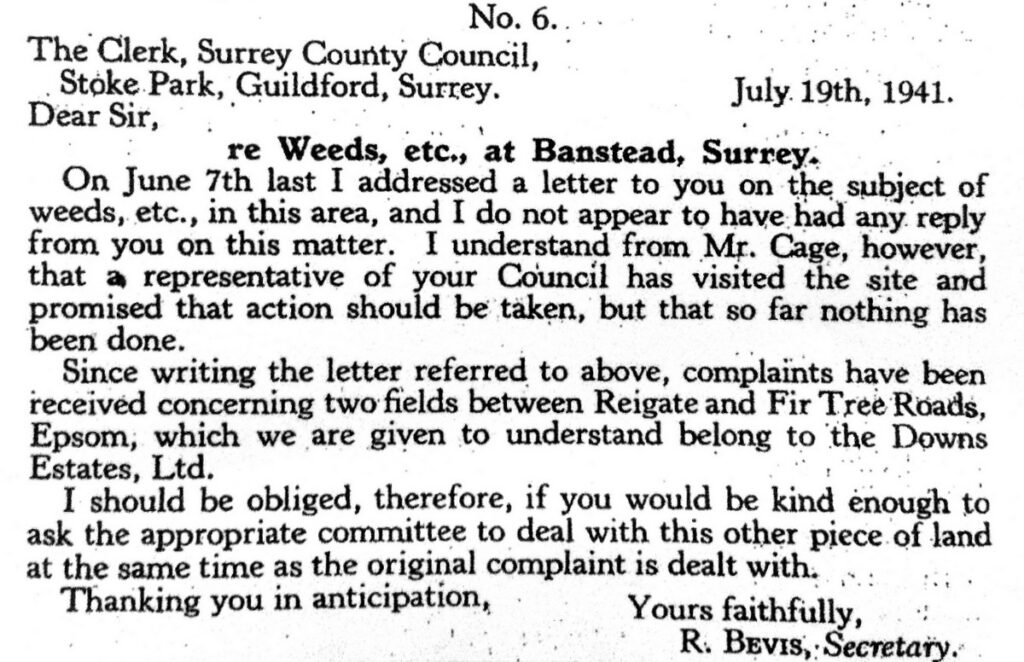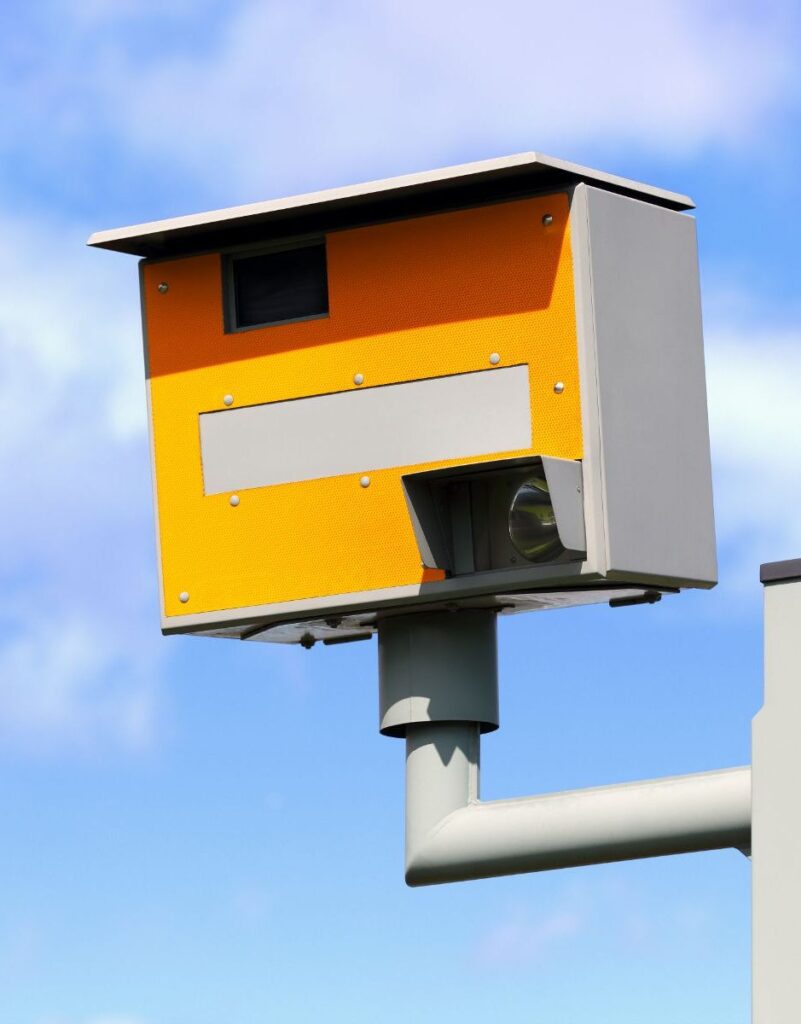So, Who Does What?
The Borough Council manages cleansing-type issues, such as sweeping the roads, picking litter, dealing with graffiti, fly posting, abandoned vehicles, dead animals etc, plus street name plates. You can contact Reigate & Banstead to request services here.
Alternatively, you can call the Contact Centre on 01737-276000, or for emergencies out-of-hours 0151 – 221- 2938.
Everything else is down to the County Council.
On 1 April 2023, the County Council took back control for mowing grass verges /weed control, and also parking enforcement (yellow lines). It previously subcontracted these services to the Borough but has now found their own direct contractors.
The County Council has promised more out-of-hours enforcement (weekends/evenings) of yellow lines.
With regard to grass cutting, residents should expect a much-degraded service, with cuts only 4 x year, rather than perhaps 8 or more from the Borough. The County claims their approach is environmentally friendly, when we suspect cost saving. Anyway, residents should expect the verges to be a mess or a haven for wildlife, depending on your point of view. Residents are free of course to mow their own verges, if they wish.
You can report problems to the County Council on line here. Alternatively call the Contact Centre on 0300 – 200 – 1003, or for emergencies out-of-hours 08701 – 266060.
The online service allows you to enter an address/post code, or alternatively to report a trouble spot through a map, upload a photo if you have one, and will advise if a problem has already been reported for that location. In due course the map will show how a problem is resolved. You can be kept advised by email – initially acknowledging your report and then giving you an update.
Potholes
Probably the main complaint about our roads.
In the biography of Josiah Wedgwood, the origin of the phrase “pot hole” is explained thus. In the 1700s, before mechanised digging machines, potters dug for clay by hand. In the winter, the ground froze, making it impossible to dig in the fields, so they had to dig along the lanes where carriages and horses broke down the soil, thus creating “pot holes.”
Whether this is the source of the term or not, we are all familiar with them and they do develop in the winter, but will the Council repair them? The Council’s policy is to “maintain the highways network to a reasonable standard, commensurate with available funding, and successfully defend against the majority of third party claims for damage and injury.” In other words, the rules set in legal cases and the courts in relation to the location, depth, and area of a pothole are very much the factors which decide whether a pothole will be repaired and how quickly it will be done. A reported pothole not reaching the threshold for filling in will be merely logged and monitored through future inspections.

Pavements
Is the pavement or trip hazard and where is the problem located? Has the pavement sunk or is it raised and if so, by how much? Is the gap larger than a 50p piece (20mm)? Is a paving slab loose, damaged, rocking or missing?
Inspection and Action
All roads and pavements are inspected at least annually and faults are logged – if previously unreported problems are found in the periodic inspections, then the law requires the problem to be fixed. A similar set of standards and rules apply to all highways problems.
However a fault is discovered – whether through a routine inspection or by a report from the public or a councillor – a Highways Inspector will visit the site within 5 working days to assess the defect and the risk it presents. An exception is for faults that are reported as an immediate danger.
| Priority 1: Highest Risk | Inspect and make safe within 2 hours | Individual or multiple potholes with very high risk of interaction with vehicles or pedestrians and likely to result in serious or fatal consequences |
| Priority 2: Medium Risk | Repair within 5 working days (or 20 days after the site is made safe) | Individual defect greater than 40mm in depth and 150mm in diameter (for pavements a trip hazard greater than 20mm or a pothole with a depth greater than 20mm and 100mm diameter) |
| Priority 3: Low Risk | Repair within 20 working days | Individual defect greater than 30mm in depth and 150mm in diameter (for pavements a trip hazard approaching 20mm or a pothole with a depth approaching 20mm and 100mm diameter) and worsening |
| Priority 4: Unpleasing to the eye, but not a safety issue | Not usually required | Individual or multiple defects less than 30mm in depth or less than 40mm, but unlikely to worsen in the short term (pavement trip hazard less than 20mm or a pothole with a depth less then 20mm and 100mm diameter) |
A common complaint is that the contractor fixes one pothole but leaves others nearby. The Council’s response is that if it attends to all potholes in one road, specifically those not meeting the intervention level, then priority repairs elsewhere will be left for a longer period. We are not convinced. In other situations the depth of tarmac over a concrete base is just not deep enough to take a fix. Also, the tarmac can just frazzle and become loose material, requiring a substantive patch or complete resurfacing – there is no pothole as such to be repaired.
Resurfacing
The real solution to improving roads is resurfacing those that are in a bad condition – rather than coming back to repair potholes that reappear year after year. About 10 years ago the Council launched “Project Horizon” and more recently “Pavement Horizon” – perhaps named because the horizon is never reached.
Horizon priorities are set on a County-wide basis, based on an engineering assessment of the road (not just the top surface but the underlying structure) and also its usage – traffic volumes, A or B designation, whether it is on a bus route or near a school, and pedestrian footfall etc.
The Residents Association has been successful in diligently promoting our roads for assessment – and while most of the main roads have been addressed, focus now needs to be directed at the smaller residential roads.

Trees
Trees on grass verges are the responsibility of the County Council. They are inspected by arboriculturists on a 5-yearly basis for safety, and this often leads to trees being cut down if they show signs – often quite early signs – of disease. The need to cut a tree down is often challenged by residents. The trunks are left quite high above the ground level – very unsightly – eliminating a trip hazard, and the expense of the roots being dug out.
The response to an enquiry will depend on the location, size and risk the tree poses to public safety. The Council’s policy is to not trim back branches or manage trees they regard as in good health – even if they overshadow a property – although residents are entitled under common law to cut back branches overhanging their land (unless they are subject to a Tree Protection Order).
A common problem is the roots of trees causing trip hazards in the pavement. Also, growth at the base of a tree causing blocked sight lines.
The Council does not automatically replace trees which are cut down, as the Highways budget does not provide funding. Over recent years the Residents Association has been able to access grant funding to begin to replace a tree outside residents’ houses if the site is suitable and the resident agrees to water it for the first few years. Contact a councillor if you are interested. Alternatively, residents can pay directly for a tree to be planted by the County Council.
Trees in parks are the responsibility of the Borough Council, while those in open land might be the Borough or Raven Housing Trust, depending on who owns the land.
Vegetation
Always a concern as the newsletter of the Banstead Association points out – even in the middle of a war. The Council has a Community Gang which deals with cutting back vegetation and weed treatment. Please make your request through the website or a phone call – no need to write a letter these days!
The Council may write to householders asking them to cut back vegetation which unduly overhangs and obstructs the pavement, generally as a result of residents’ complaints. In the event the request is ignored the Council may get its contractor to do the work and invoice the householder.

Parking Restrictions
Requests for parking restrictions are handled by the County Council (although enforced by the Borough). Generally, it is only requests to deal with long standing problems on the grounds of road safety or improving the flow of traffic that are considered. The Parking Team considers the consequences of restrictions on the neighbourhood – vehicles do not just disappear, they more often than not move somewhere else to park.
The process of making new restrictions (or occasionally unmaking them) is laid down by law and is quite elaborate with a period of public consultation. The County looks at the requests for each area every 15 to 18 months, so it can take a long time from the initial request to actually applying paint to the kerb side.
Use the link here for news on the latest proposals in process in Reigate & Banstead. It is item 10 in the agenda papers.
This link here will enable you to make a new request .
Yellow line restrictions apply not just to the road, but also to parking on the verge and pavement beyond as well. If there are no yellow lines, and a vehicle is blocking a pavement then this can only be dealt with by the Police, and in our experience that never happens. Of course once restrictions are in place, enforcement can be the next problem ….
Speeding
The speed limit in most residential roads is 30mph. Unlike parts of London which operate under different legislation, the County is not keen on establishing 20mph zones. The only one nearby is an experimental 20mph zone near St Anne’s school in Banstead. The Council will only support a 20mph zone if the current average speed is already very close to 20mph, which largely defeats the objective. Speeds could be kept down through chicanes or speed humps, but these have proven to be highly unpopular, and are not normally pursued these days.
Speed limits are enforced by the Police and seem to have a low level of priority and few dedicated resources. Their general advice is to increase the speed limit to the natural speed of the traffic, and they have in the past recommended increasing the limits in the Reigate Road and Epsom Lane North, a move which councillors have vetoed.
Speed cameras are usually only deployed on the major roads – for example the Reigate Road and the Brighton Road, and the average speed cameras on the A217 down to Reigate (very expensive, but funded by a government grant) – the one in Great Tattenhams is an exception and was installed after some horrendous accidents.
The Council will support Vehicle Activate Signs (VAS’s) displaying a warning to the driver if they are over the speed limit. Usually paid for by monies from developers, for example the new ones in Fir Tree Road. In Epsom Lane North, we have VAS’s at either end – but some are not operating and cannot be repaired – we are pushing for their replacement.

